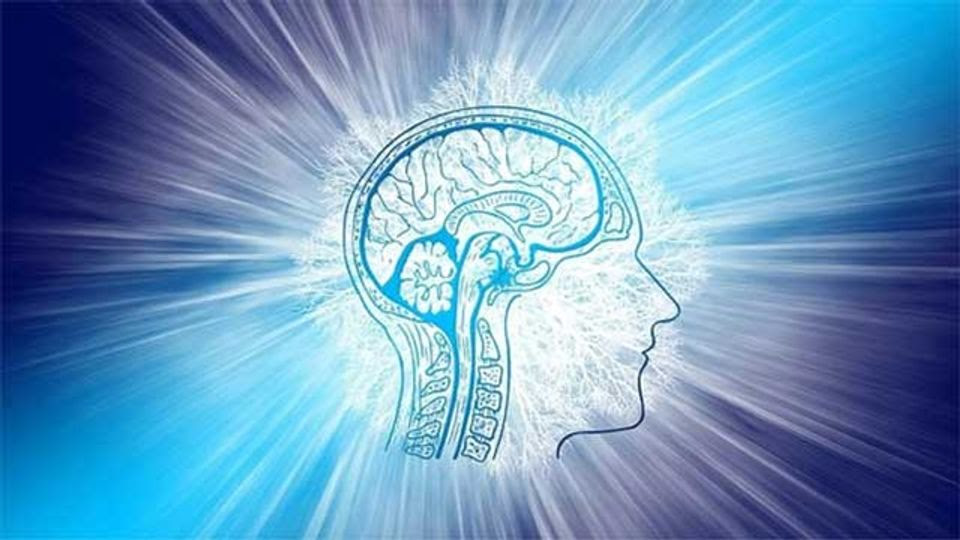A genetic mutation in our DNA that occurred over the last few hundred thousand years has been identified by researchers and would explain the differences in thinking between our ancestors and Neanderthals. This mutation is located in the production of neurons in the part of the brain used to form the most complex thoughts.
For several years now, Neanderthal has not been considered as much more primitive than modern men, the analysis of dozens of skeletons three years ago allowed formulating of the hypothesis that Neanderthal could, for example, heal sick people and help pregnant women. Other recent studies have shown that Neanderthal’s newborns weighed approximately the same as those of modern man, revealing a relatively identical gestational history and that he was not much more violent than his descendants, contrary to the widespread idea until then.
In 2021, a study published in the journal Nature Ecology & Evolution revealed that Neanderthal had also developed the ability to perceive and produce human speech sounds. Even if Neanderthal seemed to have exploited its full potential, the comparison with Homos Sapiens was still very limited.
A new study published in Science shows striking differences in the brain development of the two species. One of the most striking features of the human brain compared to its close cousins, such as chimpanzees, is that it is four times larger and the frontal lobe, used for some of our most complex thoughts, also produces many more neurons in the human brain. But the comparison with the chimpanzee quickly reaches its limit because we have to go back about seven million years to find a common ancestor.
Researchers have turned to more recent ancestors for comparison and paleoanthropologists have noticed, by studying the brains of different species of hominids, that their size increased considerably two million years ago to reach its current size about six hundred thousand years ago. Neanderthals had a brain as large as ours, but more elongated, as some brain regions may have evolved differently. The researchers decided to exploit traces of DNA found inside the fossils of certain specimens and succeeded, from this data, in reconstructing the entire genomes of Neanderthal man and Denisova man, his cousin from the East.
The scientists were then able to look for the most remarkable differences between our genome and that of these two ancestors. Human DNA contains about 19,000 genes and the proteins encoded by these genes are mostly identical between the three species, but it was also possible to identify ninety-six mutations specific to modern man.
According to the study, one of these mutations seems to modify the gene called TKTL1, which is very active when the human cerebral cortex is developing and is present in particular in the frontal lobe, which plays an essential role in cognitive functions. Experiments conducted by injecting the human version of this gene into the developing brains of mice and ferrets revealed that this gene caused the animals’ brains to produce more neurons.
Experiments were then conducted on human cells derived, with consent, from fetal brain tissue fragments from aborted women. The researchers removed the TKTL1 gene from the tissue samples with molecular scissors and found that the human brain tissue then produced fewer progenitor cells, those that produce neurons.
Finally, the scientists reproduced miniature Neanderthal brains from a human stem cell by modifying the TKTL1 gene so that the human mutation did not appear and by integrating other mutations found in our relatives. The stem cell was placed in a bath of chemicals to produce a mass of developing brain tissue, called a brain organoid. A miniature cortex composed of layers of neurons was created from this element and progenitor cells were produced.
These experiments showed that this reconstructed Neanderthal brain produced fewer neurons than the one with the human version of the TKTL1 gene and that the simple addition of the gene could have had a very significant impact on the production of neurons in modern humans. However, the TKTL1 gene alone does not explain the specificity of our brain compared to that of Neanderthal, other researchers are studying dozens of other mutations that could explain the evolutionary differences between Neanderthal and modern man. In 2021, a team from the University of California discovered that one of these mutations seemed to modify the number of connections that neurons establish between them and in July 2022, researchers indicated that two other mutations modified the rate of division of the developing brain cells.



Comment here